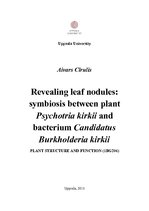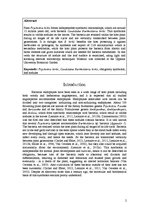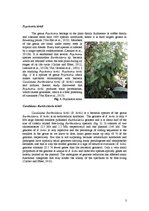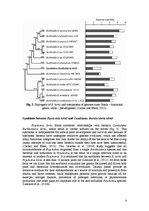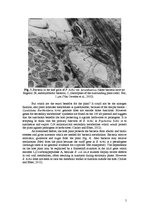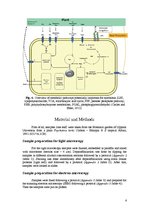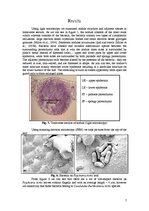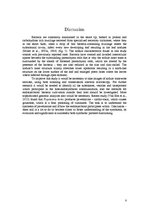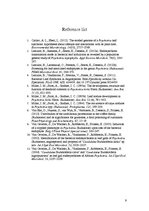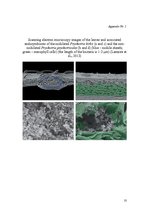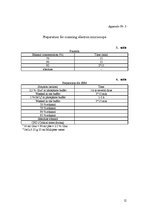Discussion
Bacteria are constantly maintained in the shoot tip, bathed in protein and carbohydrate rich mucilage secreted from specialized secretory trichomes, where they in the shoot buds, when a drop of this bacteria-containing mucilage enters the substomatal cavity, infect every new developing leaf resulting in the leaf nodules (Miller et al., 1983a, 1984) (fig. 5). The nodule characteristics found in this study consist with previously reported ones. Bacteria have created and invaded intercellular spaces between the surrounding parenchyma cells that is why the nodule inner mass is surrounded by the sheath of flattened parenchyma cells, which are altered by the presence of the bacteria - they are also reduced in the size and thin-walled. The nodule’s inner structure mainly stretches lower epidermis resulting in a knob-like structure on the lower surface of the leaf and enlarged pores (sites where the leaves where infected through open stomata).
To improve this study it would be necessary to take images of nodule transverse sections, using both scanning and transmission electron microscopy. For further research it would be needed to identify all the substances, vesicles and transporters which participate in the host-endosymbiont communication, also the methods for endosymbiotic bacteria cultivation outside their host should be investigated. More sophisticated genomic analyzes also would be necessary. Recent study (Van Elst et al., 2013) found that Psychotria kirkii produces pavettamine – cardio-toxin, which causes gousiekte, which is a fatal poisoning of ruminants. The task is to understand the synthesis of pavettamine and if/how the endosymbiont participates within. Conclusion – there still is a lot to do to become closer to better understanding of the symbiosis, its evolution and significance in successful both symbiotic partners functioning.
…
